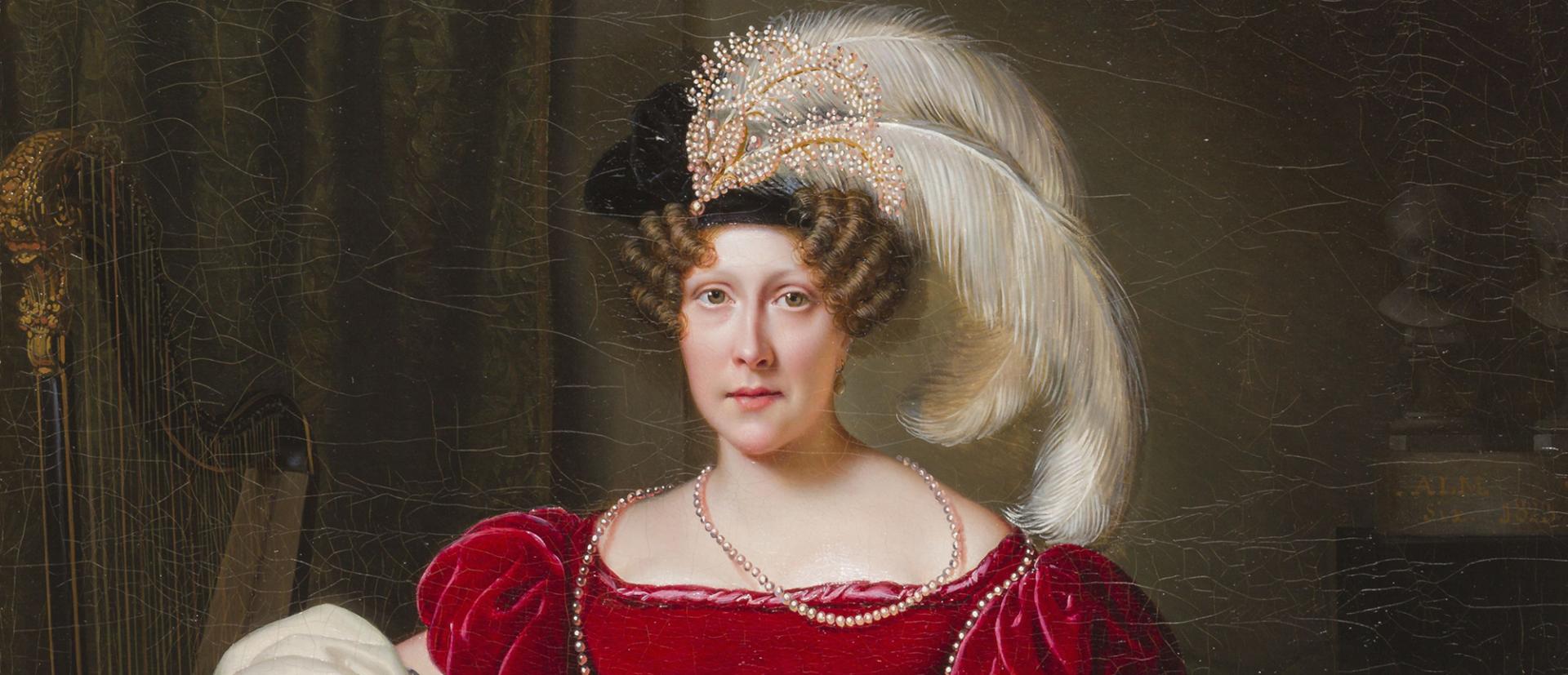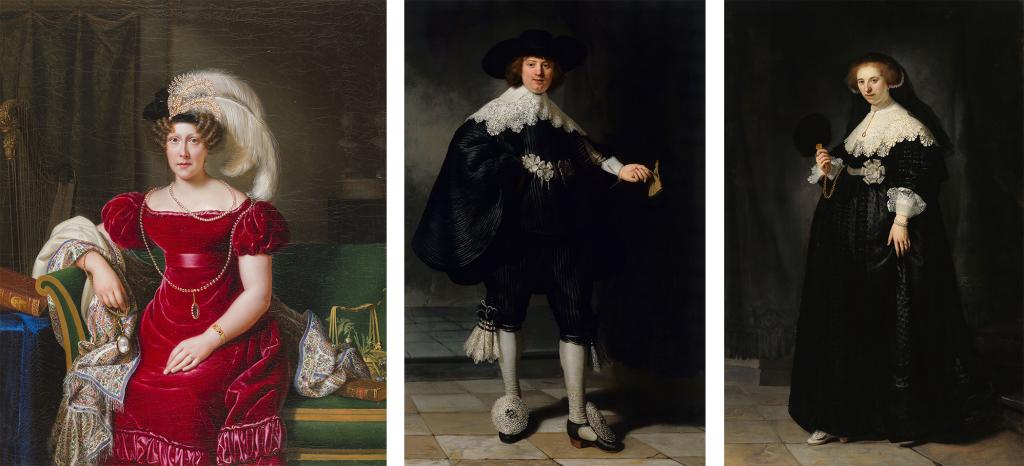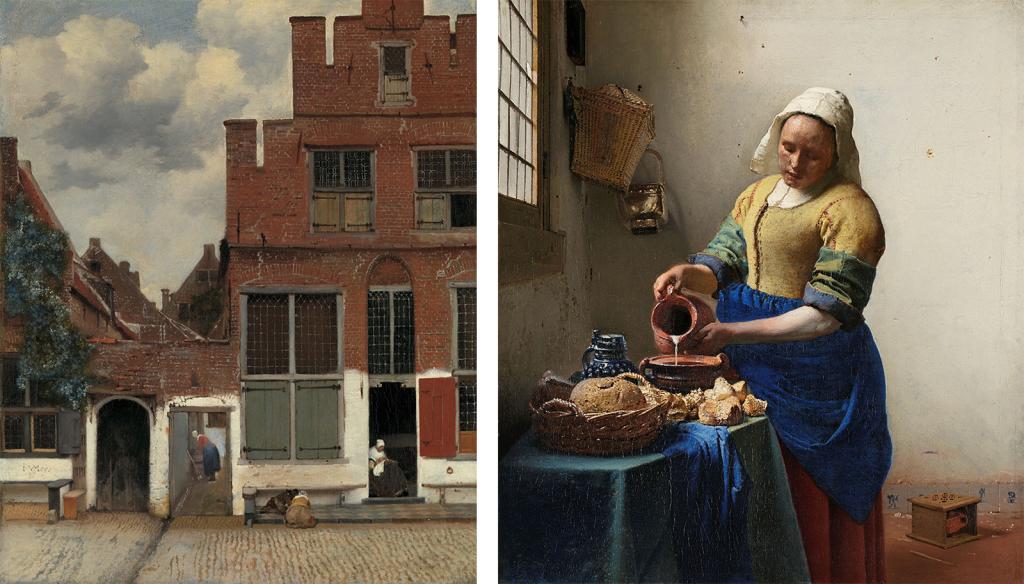RKD podcast: Lucretia Johanna van Winter

The third episode in the RKD podcast series on women collectors is out. Podcast maker Caspar Stalenhoef talks to Shannon van Essen, curator-in-training at the Mauritshuis, about her research on the Amsterdam collector Lucretia Johanna van Winter (1785-1845).
Nineteenth-century collecting practice
Lucretia Johanna van Winter was known within the cultural circles of Amsterdam's elite as an important collector of paintings. She owned and bought absolute masterpieces, including Johannes Vermeer's The Milkmaid. Van Winter's collection grew along with the rise of national consciousness. Whereas around 1800 the focus was still mainly on the Old Masters, during the nineteenth century the idea developed that the acquisition of contemporary art from one's own country should be encouraged. Lucretia Johanna van Winter also bought dozens of contemporary paintings. In doing so, she was helped by art broker Jeronimo de Vries (1776-1853). Moreover, thanks to her many trips abroad, Lucretia was well informed about the latest trends in painting, as can be seen in her travel diaries.
Van Winter
Lucretia Johanna's love of art was certainly not foreign to her. She was born in 1785 on the Keizersgracht in Amsterdam and came from a particularly wealthy family. Her father Pieter van Winter (1745-1807) and her mother Anna Louise van der Poorten (1752-1800) both had a passion for collecting art. Their collection included such Dutch masterpieces as Vermeer's Little Street and Rembrandt's Marten and Oopjen. After Pieter van Winter's death, his collection was divided between his two daughters, of whom Lucretia was the only one to continue collecting. As a woman, she was not allowed to join Amsterdam's art societies, but from 1809 she managed to make a name for herself through her many auction purchases and the size of her impressive art collection, which was open for the puplic.

2 and 3. Rembrandt van Rijn, Marten and Oopjen, 1634, collection Rijksmuseum Amsterdam
Out of sight
After 1822, it becomes more difficult to research Lucretia Johanna van Winter and her collecting practice. When she married Hendrik Six (1790-1847) that year, her entire art collection was put in her husband's name. Her name appears less in the archives, and it is not clear, for instance, what role she played in new purchases. However, it is clear that soon after her death in 1845, a considerable part of the original Van Winter collection was offered at an Amsterdam auction. Even there, her name is not mentioned; the auction catalogue merely records that all was bequeathed by an esteemed art lover. By no means all the works were sold and some of the remaining artworks are exhibited at the Stedelijk Museum in 1900. Further sales followed in 1905, when 32 paintings from the Van Winter collection ended up at the Rijksmuseum.

2. J. van der Pijl after M.I. van Bree, Funeral at Marken, 1850, collection Six, Amsterdam
3. J. van der Pijl after P.G. van Os, Landscape with cattle and hunters, 1850, collection Six, Amsterdam
Podcast
For her Bachelor's thesis in Art History at Utrecht University, Shannon van Essen set out to reconstruct Lucretia Johanna's collection of contemporaine works and make the Van Winter name as visible as possible again. By delving into household inventories, auction lists and other archival documents, Van Essen eventually managed to find 39 paintings by contemporary masters that had been obtained or purchased by Lucretia Johanna van Winter in the early nineteenth century. With the help of the RKD's databases, among others, Van Essen is currently linking the limited data on the works from the Van Winter collection with corresponding images or even tracing their current location. In the new podcast episode, which can be listened to on Spotify and Apple Podcasts, Van Essen talks in detail about her findings during her research into Lucretia Johanna van Winter's interesting collecting practice.
Both Shannon van Essen's research and the new series of the podcast Kroniek Kunstgeschiedenis on women collectors in art between 1780 and 1980 are part of the research project The other half. The new series of the podcast Kroniek Kunstgeschiedenis was created thanks to support from the Wilhelmina Drucker Fundatie.

5. Johannes Vermeer, The Milkmaid, c. 1660, collection Rijksmuseum Amsterdam